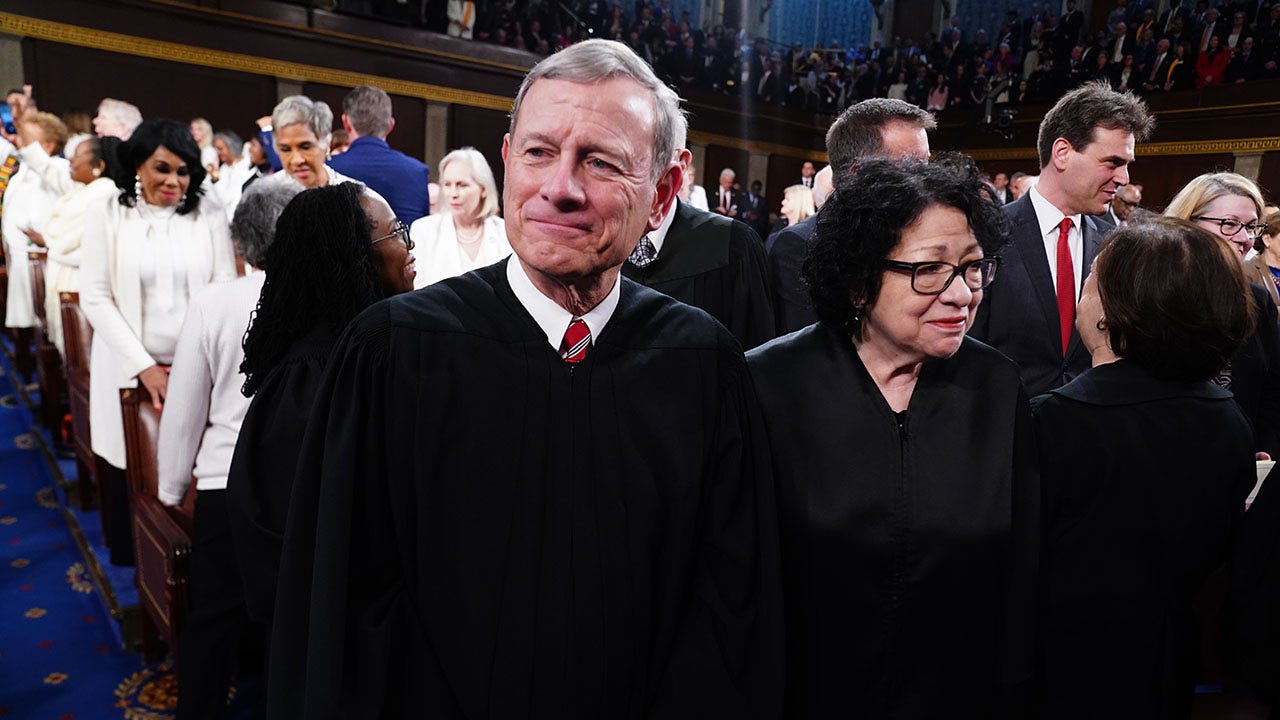The FBI is investigating an “act of terrorism” after at least 15 people were killed and 35 injured early on Wednesday when a man drove a pick-up truck into a large crowd in the heart of New Orleans.
President Joe Biden on Wednesday night said authorities were also investigating the explosion of a Tesla Cybertruck outside the Trump hotel in Las Vegas to see if it was related to the attack in New Orleans.
The FBI identified the suspect in the New Orleans attack as Shamsud-Din Jabbar, a 42-year-old US citizen from Texas. The FBI said it did not believe he was solely responsible for the attack and said the investigation was “live”.
The agency, which has taken the lead role in the investigation, said an Isis flag was located on the vehicle and they were now “working to determine the subject’s potential associations and affiliations with terrorist organisations”.
The US Army said Jabbar had served as a human resource specialist and an information technology specialist between 2007 and 2020. His service included a deployment to Afghanistan from February 2009 to January 2010.
Louisiana’s governor Jeff Landry said authorities were focused on “hunting some bad people down” and securing the city. The New Orleans coroner confirmed on Wednesday evening that the death toll had risen to at least 15 people.
Biden said Jabbar had posted videos on social media before the New Orleans attack saying he had been inspired by Isis.
The president said authorities were also investigating the Cybertruck’s explosion in Las Vegas earlier on Wednesday, to see if there was a connection with the attack in New Orleans.
Biden, speaking from Camp David, said there was “nothing to report on that score”. But Elon Musk, Tesla’s chief executive, wrote on X that the explosion “appears likely to be an act of terrorism”.
Musk also said the Cybertruck and the F-150 pick-up truck used in the New Orleans attack had been leased from the same car rental company. “Perhaps they are linked in some way.”
The attack in Louisiana’s largest city occurred early on New Year’s Day along Bourbon Street, one of the main thoroughfares in the historic French Quarter, which is filled with bars, restaurants and musical venues and attracts domestic and international visitors.
Anne Kirkpatrick, superintendent of the New Orleans Police Department, said at about 3.15am local time a man drove a pick-up truck down Bourbon Street at a “very fast pace”. The FBI said the truck had been rented.
“It was very intentional behaviour. This man was trying to run over as many people as he possibly could,” Kirkpatrick added. “He was hell bent on creating the carnage and the damage that he did.”
The FBI also said “weapons and a potential improvised explosive device were located in the subject’s vehicle”. Authorities said other explosive devices were found elsewhere in the French Quarter.
The agency added its bomb technicians were “working with our law enforcement partners to determine if any of these devices are viable, and they will work to render those devices safe”.
Kirkpatrick said two police officers had been shot by the driver and were in stable condition. The FBI said the perpetrator of the attack was dead.
LaToya Cantrell, the mayor of New Orleans, said the city had been affected by a “terrorist attack”, without giving further details.
“What I’m asking at this time are prayers for those who lost their lives in the city of New Orleans due to this tragedy,” she said.
Biden said he had directed officials to “ensure every resource is available as federal, state, and local law enforcement work assiduously to get to the bottom of what happened as quickly as possible and to ensure that there is no remaining threat of any kind”.
President-elect Donald Trump described the incident as an “act of pure evil” on his Truth Social media platform, and said his incoming administration would “fully support the city of New Orleans as they investigate and recover” from the attack.

New Orleans is often teeming with visitors during the holiday period, but the city was especially packed on New Year’s Eve this year because of the Sugar Bowl American football game planned for Wednesday between the University of Georgia and the University of Notre Dame.
Authorities said the sporting event would be postponed by a day and urged people to avoid the area where the attack took place.
































/cdn.vox-cdn.com/uploads/chorus_asset/file/23262657/VRG_Illo_STK001_B_Sala_Hacker.jpg)










/cdn.vox-cdn.com/uploads/chorus_asset/file/25672934/Metaphor_Key_Art_Horizontal.png)



/cdn.vox-cdn.com/uploads/chorus_asset/file/24982514/Quest_3_dock.jpg)


